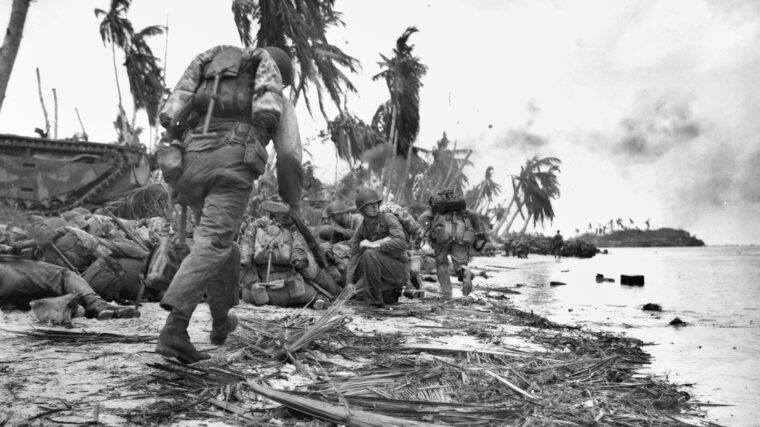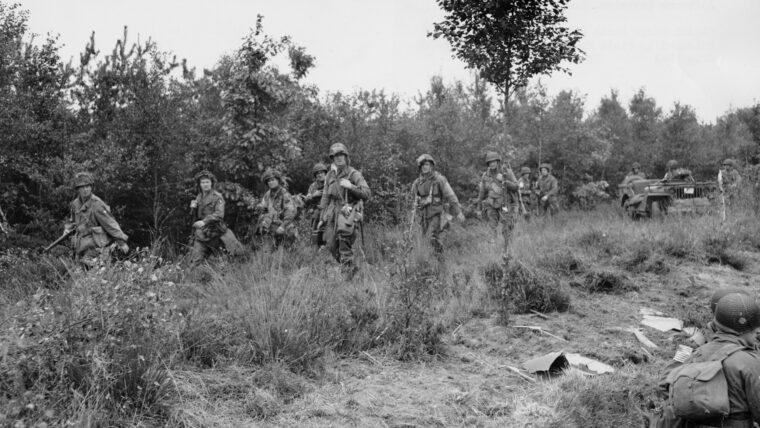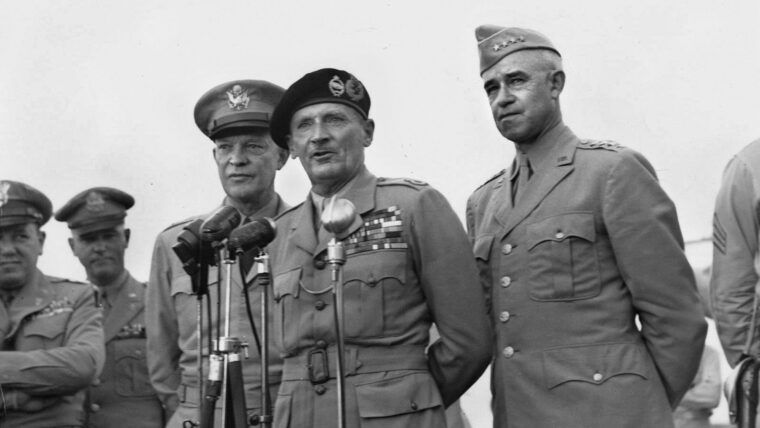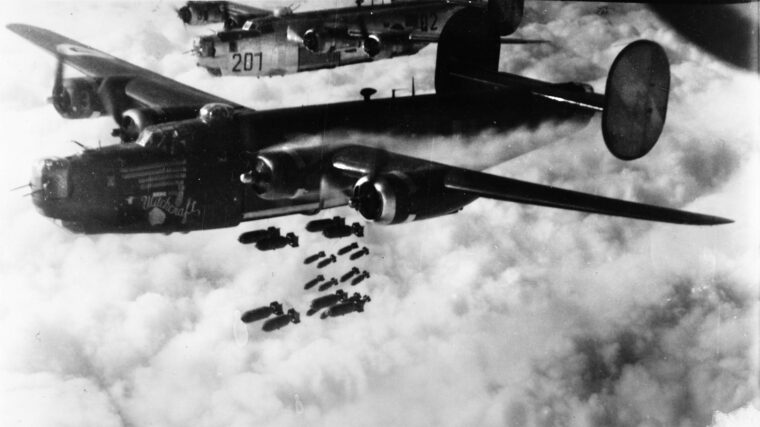
European Theater
A Sergeant in the 12th Armored Division
By Kevin M. HymelSergeant Carl Erickson sat in shock inside his Sherman tank as he watched emaciated people dressed in tattered, striped suits smile and feebly wave to him and his fellow tankers. Read more























